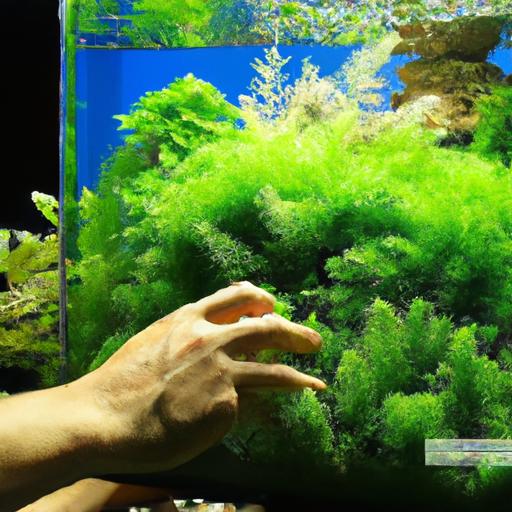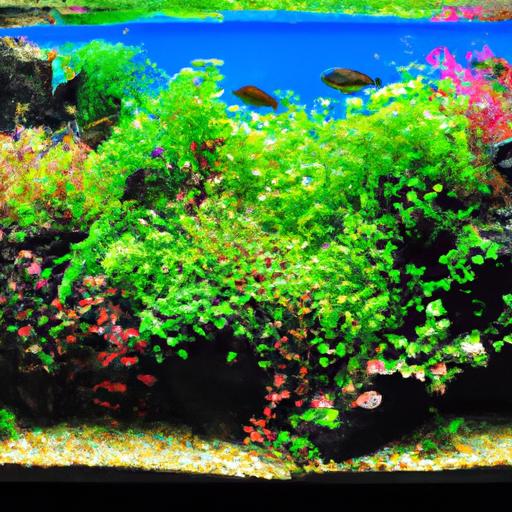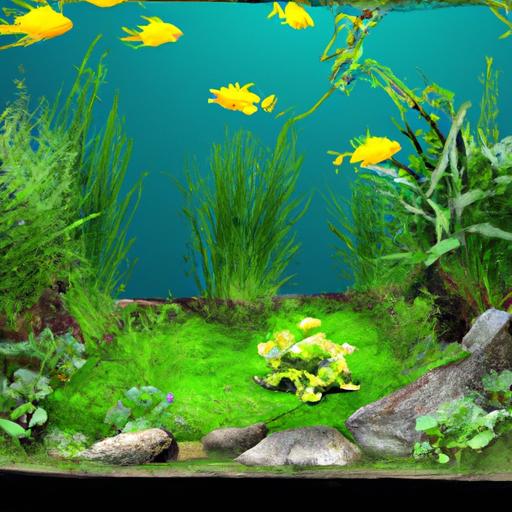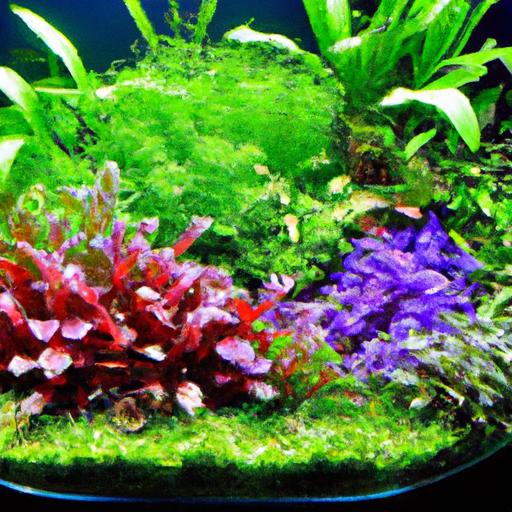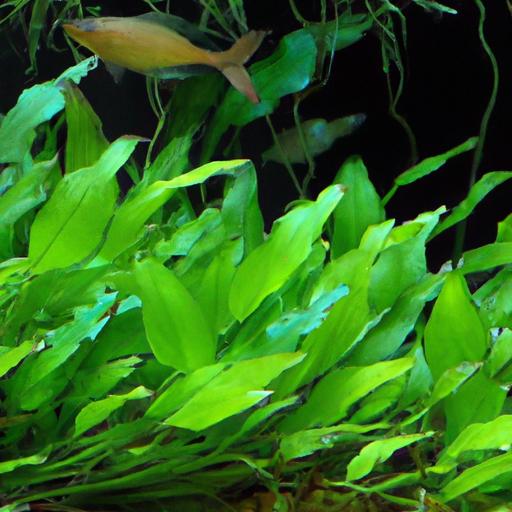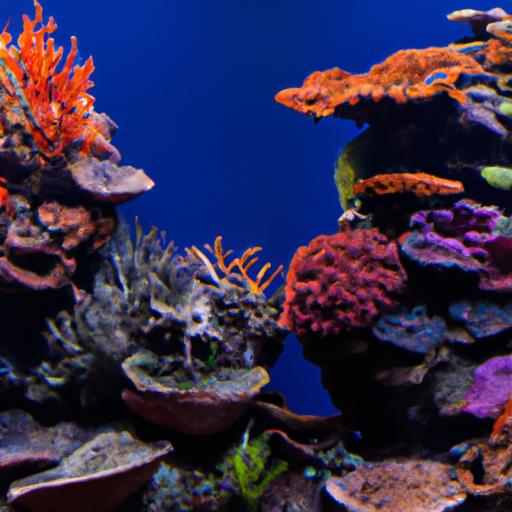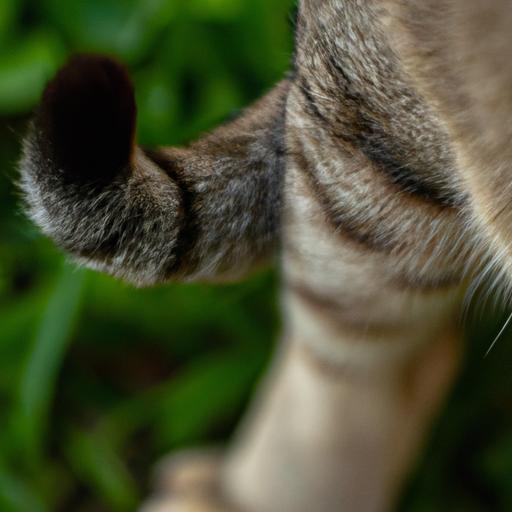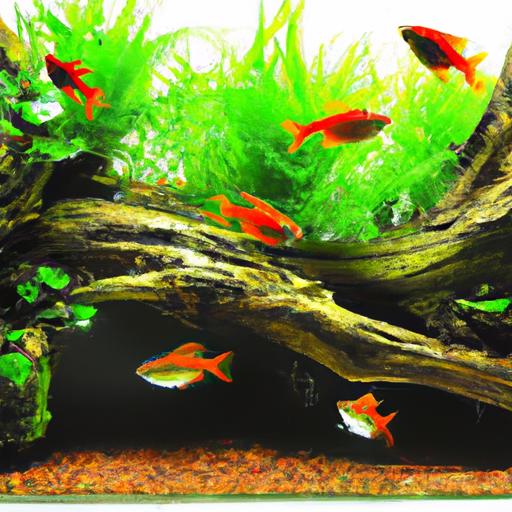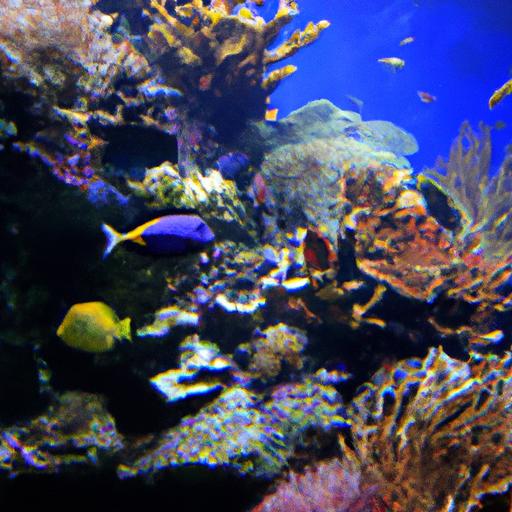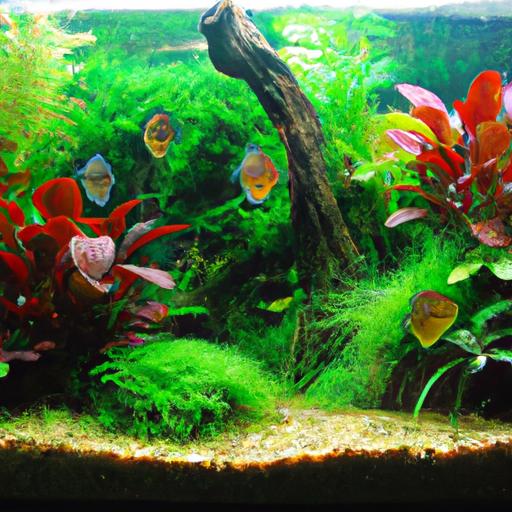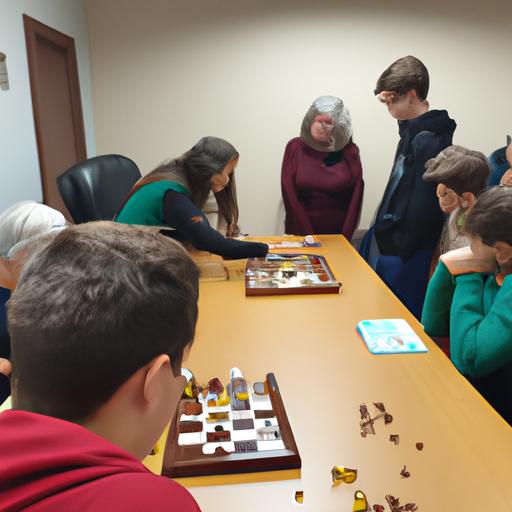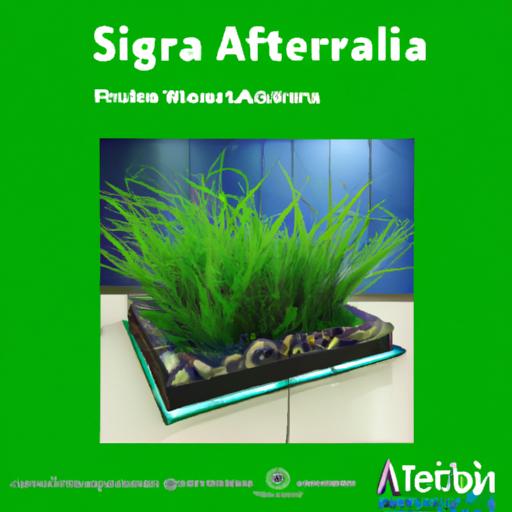
Tips for Successfully Cultivating Vallisneria in Your Tank
Discover expert tips for successfully cultivating Vallisneria in your tank. Learn about lighting, substrate, planting techniques, and more.
Introduction
Are you a passionate aquarium enthusiast looking to add a touch of natural beauty to your tank? Look no further than Vallisneria, an aquatic plant that can transform your underwater world into a vibrant and captivating landscape. Cultivating Vallisneria in your tank not only enhances the aesthetic appeal but also creates a healthier environment for your aquatic inhabitants. In this article, we will provide you with valuable tips and insights on successfully cultivating Vallisneria in your tank, ensuring that you achieve optimal growth and a thriving underwater ecosystem.
Tips for Successfully Cultivating Vallisneria in Your Tank
Choosing the Right Tank Setup and Conditions for Vallisneria
Creating an ideal environment for Vallisneria starts with selecting the right tank setup. Opt for a spacious tank that allows Vallisneria to spread its roots and flourish. Additionally, consider the water parameters that Vallisneria thrives in, such as a slightly alkaline pH level ranging from 7.0 to 8.0. Ensure that the water hardness remains moderate, around 8 to 12 dKH, to support healthy growth.
Providing Adequate Lighting and Temperature for Optimal Growth
Proper lighting is crucial for the successful cultivation of Vallisneria. These plants require moderate to high levels of light to photosynthesize effectively. Invest in quality LED lights specifically designed for aquariums to provide the necessary intensity and spectrum. Aim for 8 to 10 hours of light per day to mimic natural daylight.
Maintaining the appropriate temperature is equally important. Vallisneria thrives in a temperature range of 72°F to 82°F (22°C to 28°C). Using a reliable aquarium heater and thermometer will help you regulate the water temperature and create an optimal environment for Vallisneria to flourish.
Selecting the Appropriate Substrate and Fertilizers
Choosing the right substrate is essential for Vallisneria’s root development and nutrient absorption. Opt for a nutrient-rich substrate like aquarium soil or clay-based gravel. These substrates provide essential minerals and nutrients that Vallisneria needs for healthy growth.
Supplementing with fertilizers can further enhance Vallisneria’s growth. Choose a comprehensive liquid fertilizer that contains essential macro and micronutrients. Ensure that you follow the manufacturer’s instructions and dosage recommendations to avoid over or under-fertilization.
Proper Planting Techniques and Spacing for Vallisneria
When planting Vallisneria, it is crucial to handle the delicate roots with care. Gently separate the individual Vallisneria plants and insert them into the substrate, making sure the roots are fully buried. Leave enough space between each plant to allow for proper growth and spreading. A spacing of 2 to 4 inches (5 to 10 cm) is generally recommended to provide ample room for each Vallisneria plant.
Implementing a Regular Water Maintenance Routine
Maintaining a healthy water environment is vital for the successful cultivation of Vallisneria. Regular water changes of 10% to 20% every two weeks help remove accumulated toxins and replenish essential minerals. Use a reliable water conditioner to neutralize harmful chemicals like chlorine and chloramine.
Additionally, consider adding a water circulation pump to promote better water flow and oxygenation. This will ensure that Vallisneria receives an adequate supply of carbon dioxide, which is crucial for photosynthesis and growth.
FAQ (Frequently Asked Questions)
What are the ideal water parameters for Vallisneria?
Vallisneria thrives in slightly alkaline water with a pH level ranging from 7.0 to 8.0. The water hardness should be moderate, around 8 to 12 dKH, to support healthy growth.
Can Vallisneria thrive in low-light conditions?
While Vallisneria prefers moderate to high levels of light, it can still survive in low-light conditions. However, growth may be slower, and the plants may appear less vibrant. Consider supplementing with artificial lighting to ensure optimal growth.
How often should Vallisneria be fertilized?
Vallisneria should be fertilized regularly to provide essential nutrients. Follow the manufacturer’s instructions for the specific liquid fertilizer you choose, as dosage recommendations may vary. As a general guideline, fertilize once every two weeks.
Is it necessary to trim Vallisneria leaves regularly?
Regular trimming of Vallisneria leaves is not necessary unless they become damaged or overgrown. Trimming can help maintain the aesthetic appeal and prevent shading of other plants in the tank.
What are common challenges faced when cultivating Vallisneria?
Some common challenges when cultivating Vallisneria include algae growth, inadequate lighting, improper water parameters, and nutrient deficiencies. Regular monitoring and adjustments to these factors will help overcome these challenges and ensure successful cultivation.
Conclusion
Successfully cultivating Vallisneria in your tank brings a myriad of benefits, from enhancing the visual appeal to creating a healthier and more balanced aquatic ecosystem. By following the tips provided in this article, you can create an ideal environment for Vallisneria to thrive. Choose the right tank setup and conditions, provide adequate lighting and temperature, select appropriate substrate and fertilizers, implement proper planting techniques, and maintain a regular water maintenance routine. With patience, consistency, and a little care, you’ll soon witness the beauty of Vallisneria flourishing in your tank, transforming it into a captivating underwater paradise.
